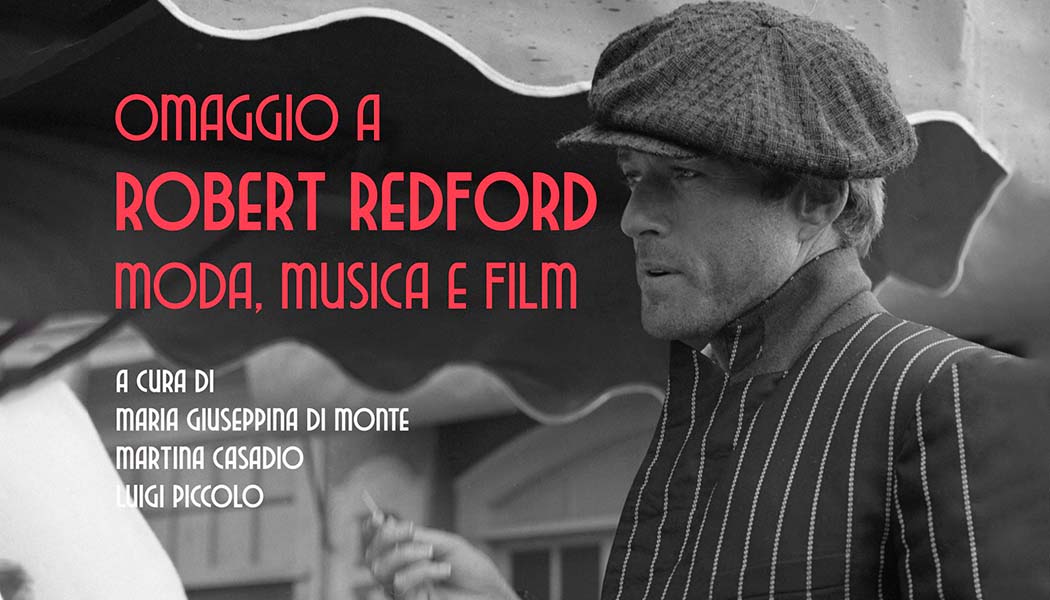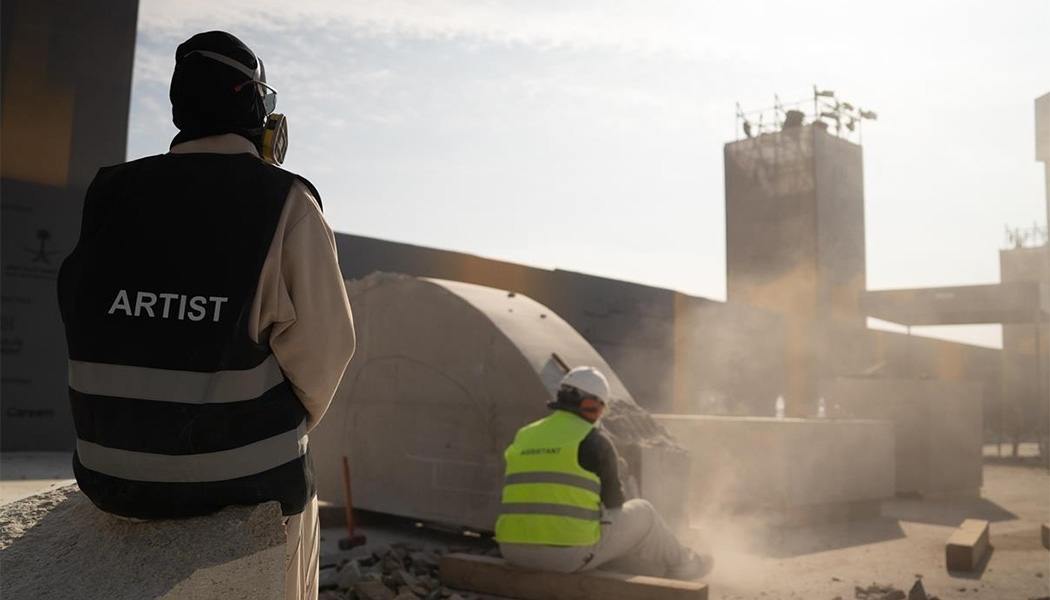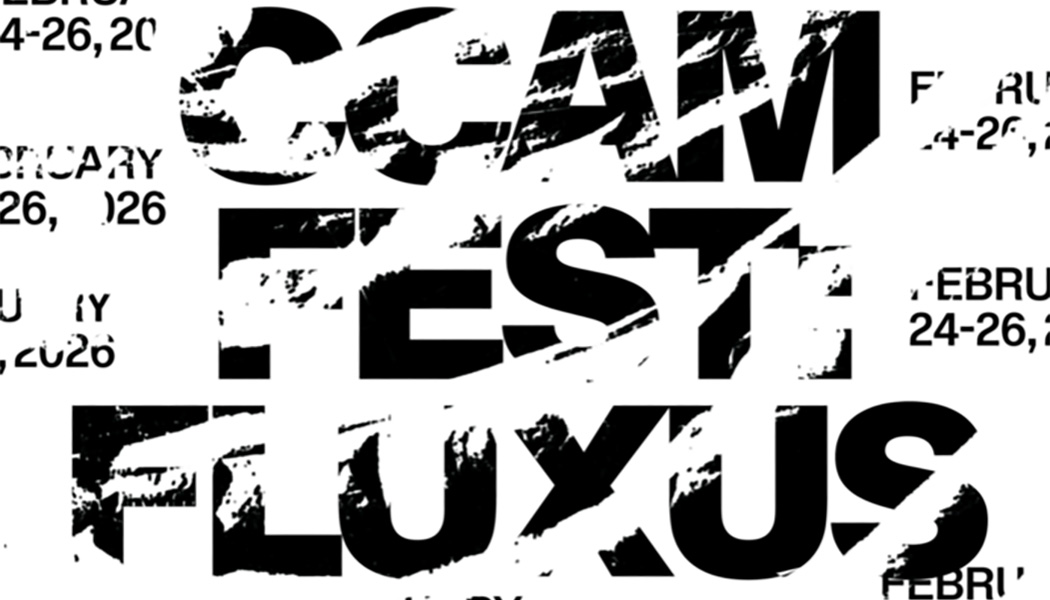RUFA Lecturer in Design History, PhD Candidate in Cross Innovation Design for Cultural Industries
With a multidisciplinary background developed across Ascoli, Milan, London, and Rome, Silvia Cassetta has cultivated a design approach that weaves together architecture, design, dance, and performance. A registered architect with the Order of Architects of the Province of Bari since 2007, graduated with a second-level academic diploma in Choreography from the National Academy of Dance, she combines her professional practice with ongoing artistic and compositional research, giving life to a hybrid language where space, body, and light converge.
She is the founder of her own composition Atelier based in Rome and has undertaken professional and design experiences both in Italy and abroad, including collaborations in Milan with A. Ferlenga for the Triennale and in London with Design International. Her work ranges from dynamic design — such as the *Dancing Shape* washbasin collection and the patented *Pipoliva* utensil — to performance, with site-specific choreographic interventions in exhibition contexts such as the MAXXI Museum in Rome, the Demanio Marittimo KM-278 Festival, and Land Art at Furlo.
Since 2024, she has been the author of the volume *DanzaèArchitettura®*, published by Liberedizioni with a preface by Pippo Ciorra, in which she explores the relationship between movement and space.
As a Lecturer in Design History at RUFA, she is also involved in international teaching activities, particularly at Hainan Normal University in China.
Research Project: INNO
Cross Innovation Design for Cultural Industries
The INNO research project, developed within the RUFA PhD programme in Cross Innovation Design for Cultural Industries, focuses on the development of a new design methodology in which the body becomes the core of the creative process.
Starting from the analysis of movement and the physical relationship with space, the research aims to explore the body as an active and productive design tool. The Olivetti archive serves as a key case study: by observing its innovative design solutions, the goal is to develop a methodological system capable of integrating body, object, artificial intelligence, and communication.
The project is structured along two main lines: theoretical and practical. On one hand, it reflects on tactility as an immaterial and relational dimension; on the other, it seeks to create an installative device capable of connecting museum space, the city, and sensory interaction. At the heart of this vision is the concept of a dynamic and living exhibition, which redefines the concept of the exhibition experience.
Among the final objectives is the creation of a new symbolic “Olivetti object”, embodying the principles that emerge from the research: the body not only as an interface, but as a generator and interpreter of design processes.






